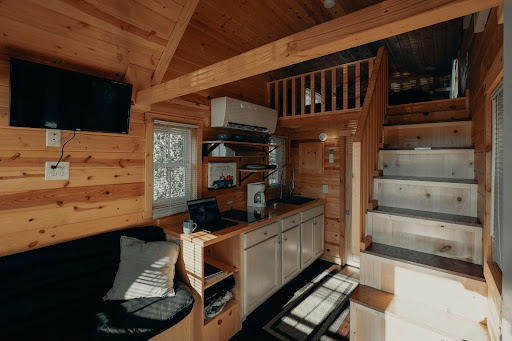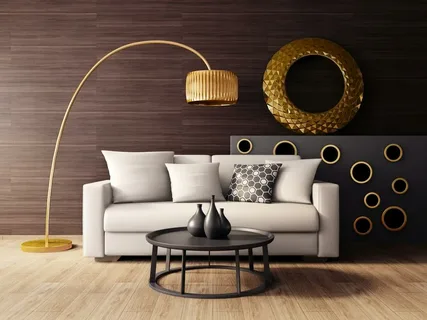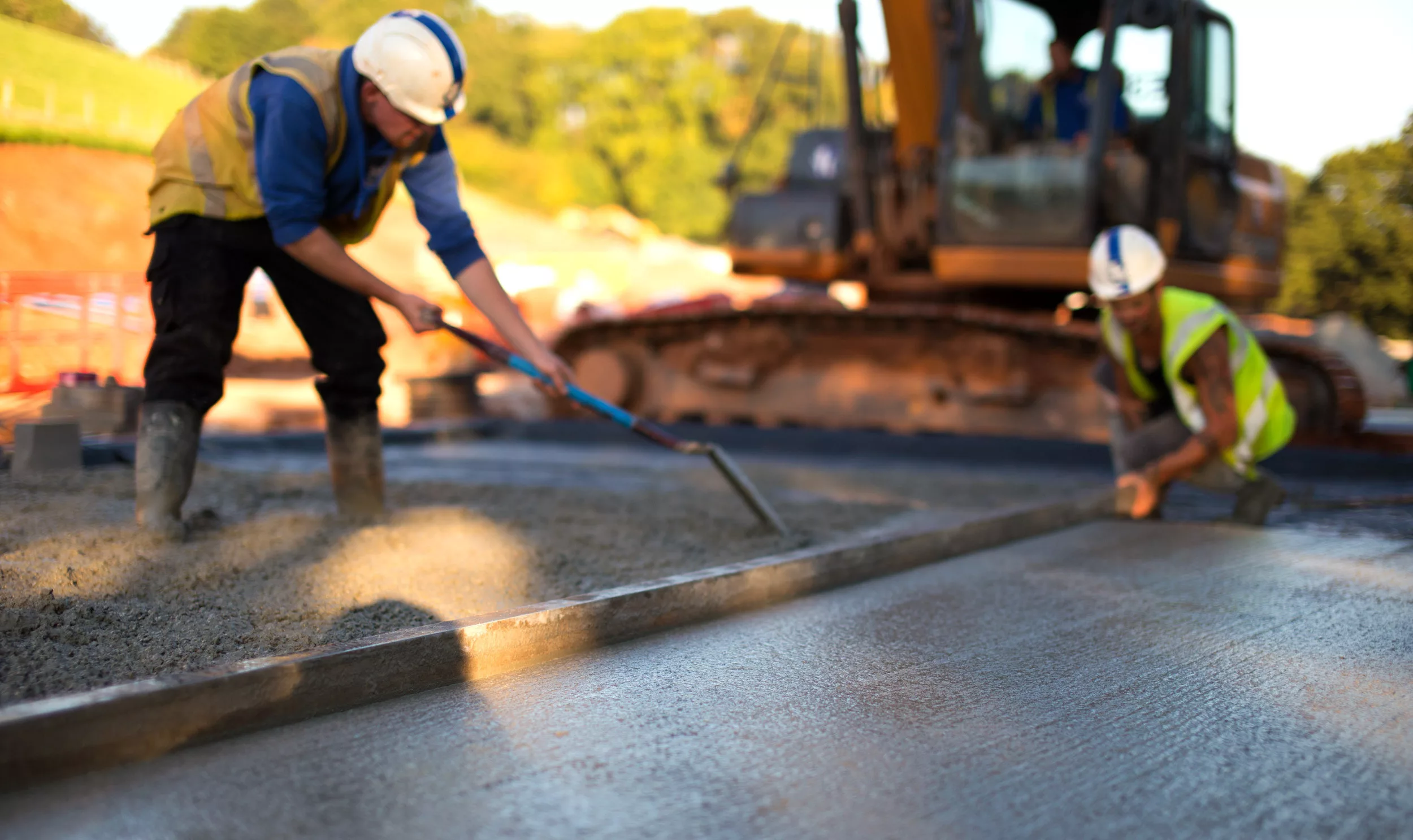
If you recently invested in building a house, you must be looking for ways to design the interior. Perhaps you don’t want to hire interior designers by paying up to USD 200 per hour. That’s where DIY interior design ideas and projects come into play.
Statistics suggest that 44% of Americans prefer DIY projects over hiring professionals. Have you also decided to DIY your home’s interiors? Then, you need beautiful yet personalized DIY design ideas to make the new place seem like home.
For that, you’ve probably scrolled through countless Pinterest posts about fabrics, patterns, and ideas. However, those DIY designs didn’t seem appropriate or appealing to recreate. In that case, you are going about it the wrong way.
That means you don’t have a clear vision, or you have mixed too many different styles in your head. In this blog, we will discuss three interior design mistakes to avoid that’ll help you succeed in this DIY project.
#1. Improper Planning and Budgeting
Homeowners shouldn’t start a DIY design project without a proper plan. An improperly planned project will only seem aimless and will eventually fail. In that situation, you might have to hire an interior designer to redesign your home anyway.
Therefore, establish ground rules or guidelines for the project. For instance, follow a consistent color palette and style. Then, take your time to evaluate each room and draw a mockup of how you’d like things to be. After that, you must establish a solid budget and then go shopping.
Doing so will help you avoid impulsive purchases and overspending on unnecessary items. For that, you need to determine a realistic amount you are comfortable spending on furniture, flooring, paint, decor, etc. Consequently, you can compare your budget with your list of items to form project parameters that will help you create a proper DIY plan.
#2. Not Consulting an Expert
DIY-ing the interiors of your home doesn’t mean lone efforts in the designing, planning, and implementation process. Technically, you won’t love your home design if you don’t consult contractors and professionals first. These individuals will give you a well-rounded idea about color patterns, area rugs, furniture options, lighting, and more.
However, most homeowners mistakenly rely on online websites for DIY interior design ideas. Instead, you can consult the civil engineer you hired while building the house. Yes, individuals with a civil engineering master’s degree can help with design ideas for your home. These engineers have technical drawing, construction, and graphics knowledge that allows them to integrate interior design ideas into their skills.
According to EducatingEngineers.com, these individuals understand structural construction, maintenance, and design. Some civil engineers consider giving interior design tips as a micro-requirement for their projects. Additionally, you can get a preliminary consultation from interior designers before starting the DIY project.
#3. Inappropriate Focal Point
Another thing that most homeowners overlook during the DIY interior design process is the home’s focal point. It’s a fundamental element of interior design. This component creates a center of attention that helps enhance your home’s property value. Technically, visitors won’t think your house is well-designed without a focal point.
Therefore, you need a focal point that is prominent, visually appealing, and eye-catching. Examples include architectural structures like large windows, a big dining table, or a vintage clock. You can also make artwork, a desk, or a couch the focal point of your home.
Your home’s focal point will accentuate your new house’s unique essence. However, the designs and color palettes should resonate with your ‘individual’ style. Remember, you cannot rush the decorating process, and neither can you find matching sets for every item.
DIY Interior Design Tips
Avoiding the mistakes mentioned will help you design your home’s interior perfectly. However, you must decide whether you actually want to invest in a professional interior designer or DIY projects. For instance, you need to evaluate your skills, convenience, and time involved. However, a hired interior designer can enhance your home’s resale value while getting things done quickly and professionally.
Either way, the following interior design tips will help you design your home with or without professional help:
- Spend carefully on the things you need for each room
- Think about the natural lighting situation
- Rely on sustainable and eco-friendly options
- Do not clutter your rooms with too many pieces of furniture
- Avoid choosing aesthetics over comfort and convenience
It’s the era of minimalism, so be wise when spending on interior design items like cupboards, beds, tables, etc. Only buy the products you require to accentuate your home.
The Way Forward
Industry leaders expect the demand for interior designers to grow by 5% in the next seven years. Currently, the interior designers industry is valued at USD 25.5 billion. Similarly, over 43,756 interior designers are employed in America. This statistic proves that most homeowners hire interior designers to help with design ideas.
DIY interior design might be fun if you have enough time, money, and energy to spend. However, hiring an interior designer will allow you to get professional assessments that wouldn’t be possible with DIY efforts. These professionals will have better resources that save time and effort while designing your house. This way, your home will look cohesive, functional, and well-thought-out.








